The Triangle Shirtwaist Fire's tragic resonance
110 years later, America is still failing to see immigrant women workers
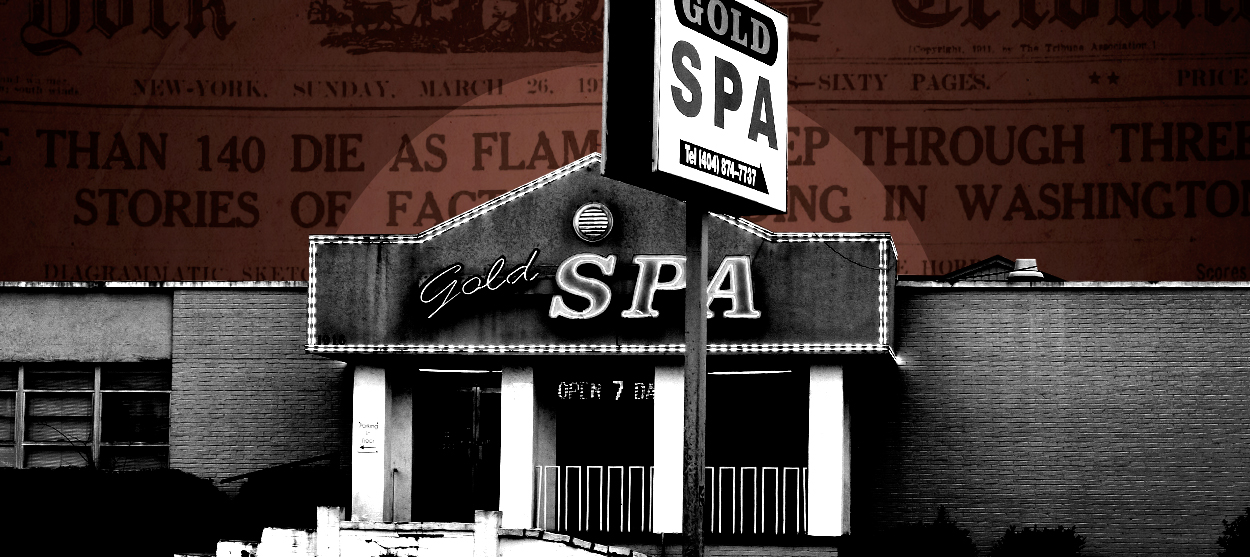

Just as the Titanic was supposed to be unsinkable, the Asch Building was supposed to be fireproof. Built of iron and steel, the 10-story structure was one of New York City's growing number of "skyscrapers" when it was completed in 1901, a modern wonder with its freight elevators and its brightly-lit lofts.
But "fireproof" was strictly a legal term, offering assurances of the building's durability — but no such guarantees for those who toiled inside. On a bright spring afternoon in 1911, nearing the end of the six-day workweek, a fire broke out on the eighth floor of the Triangle Shirtwaist Factory, a garment company that primarily employed immigrant women and girls, some as young as 14. The Asch Building burned for just half an hour: "The walls are as good as ever," wrote The New York Times afterward, "so are the floors." In fact, "nothing is the worse for the fire except the furniture and 141 of the 600 men and girls that were employed in its upper three stories."
The Asch Building was so durable that it still stands today, on the 110th anniversary of what was America's greatest workplace disaster up until 9/11. But while the latter tragedy is remembered by a magnificent, $700 million memorial, you could pass by the site of the Triangle Shirtwaist Factory fire without even realizing it (the event is only noted on easily missed plaques on the side of the building). I know, because I have, multiple times: for a full semester, I took art history classes at New York University in the neighboring building, without ever realizing how close I was to the historical site.
The Week
Escape your echo chamber. Get the facts behind the news, plus analysis from multiple perspectives.

Sign up for The Week's Free Newsletters
From our morning news briefing to a weekly Good News Newsletter, get the best of The Week delivered directly to your inbox.
From our morning news briefing to a weekly Good News Newsletter, get the best of The Week delivered directly to your inbox.
What does it say about our country's value of those kinds of workers — low-wage-earning immigrant women — if we've failed to meaningfully memorialize them?
Though workplace conditions were terrible in 1911, and on-the-job deaths not uncommon, the Triangle Shirtwaist Factory was uniquely horrific and captivating for the American public. Trapped on the factory floors, out of reach of the fire department's inadequate, seven-story ladders, the workers panicked; 49 suffocated or burned to death inside the building, and another 36 were found in the elevator shaft, having unsuccessfully attempted to slide down the cable to safety. Worst of all, 58 others jumped to their deaths on the sidewalks below in desperation. Though outrage over the deaths spurred labor reforms, and fortified fire codes, workers' rights advocates today insist the fight is not over.
The Remember the Triangle Fire Coalition, thankfully, has been pushing since 2008 to erect a worthy monument outside the NYU-owned building (which is now called the Brown Building; the garment factory's former floors house the university's science classrooms). The group is, by all accounts, getting close to their goal. "We need a poignant, powerful work of art that draws people to the site and calls out to casual passersby, 'Hey! A terrible thing happened here on March 25, 1911. One hundred forty-six people died. And you should know about it,'" Mary Anne Trasciatti, the president of the Remember the Triangle Fire Coalition, told The Gotham Center for New York City History. But that it's taken this long in the first place remains a disappointing testament to how little the country has historically valued people like the victims.
Today, "an estimated 12.3 million immigrant women, including 2.5 million undocumented women, are members of the workforce," the Center for American Progress, a liberal think tank, reports. But often these workers, who predominately work as maids and housecleaners, have few protections: "The work of nannies, in-home caregivers, housekeepers, and other domestic laborers is amongst the most undervalued and under-regulated industries in the United States — a legacy of slavery, Jim Crow, and the undervaluation of 'women's work,'" the ACLU explains. In New York City, for example, of 200,000 domestic workers, 93 percent are women and 99 percent are immigrants. Many such women "are in the country on exploitative visas or do not have a documented status, which makes it difficult for them to protest dangerous working conditions," The Atlantic adds.
A free daily email with the biggest news stories of the day – and the best features from TheWeek.com
The Triangle Shirtwaist Factory tragically isn't distant history, then. In fact, it even had reverberations in the shooting in Atlanta last week, when a gunman murdered immigrant women at the spas where they were employed; as May Jeong wrote in a recent opinion piece, the victims "almost certainly died because they were at work." The women were already employed in a job that was dangerous; Yvonne Chen, an advocate for sex trafficking victims who works with Asian women employed by massage businesses, told The New York Times that even with spa employees who aren't sex workers, "I don't think there's enough discussion of the violence that comes from the buyers." Female immigrant workers, even today, are dehumanized and considered disposable.
But it's a faceless violence, too. In the case of the Atlanta shooting, the murderer's name and biography was available long before there was any information about the victims (and when there finally was more information about the people killed, it was more readily available for the murdered clients than the employees). So too were the victims of the Triangle Shirtwaist Factory anonymous; it took until historian David Von Drehle published his 2004 book Triangle: The Fire That Changed America for the names to even be fully compiled.
A monument, especially a monument featuring those names, admittedly couldn't have stopped a shooting and won't fix a century-old system designed to exploit vulnerable women workers — but it could serve as a recognition of their humanity and value.
Until that day, though, the physical building has stood, for 110 years, as the only significant monument to what happened. The labor of those long-ago immigrant women, like the so many thousands who've lived and worked and died since, simply isn't visible, isn't even a fleeting thought when you walk past the former factory on the way to class.
Over a century later, we are still acting as if those words from the news report are largely true: Nothing is the worse for the fire.
Jeva Lange was the executive editor at TheWeek.com. She formerly served as The Week's deputy editor and culture critic. She is also a contributor to Screen Slate, and her writing has appeared in The New York Daily News, The Awl, Vice, and Gothamist, among other publications. Jeva lives in New York City. Follow her on Twitter.
-
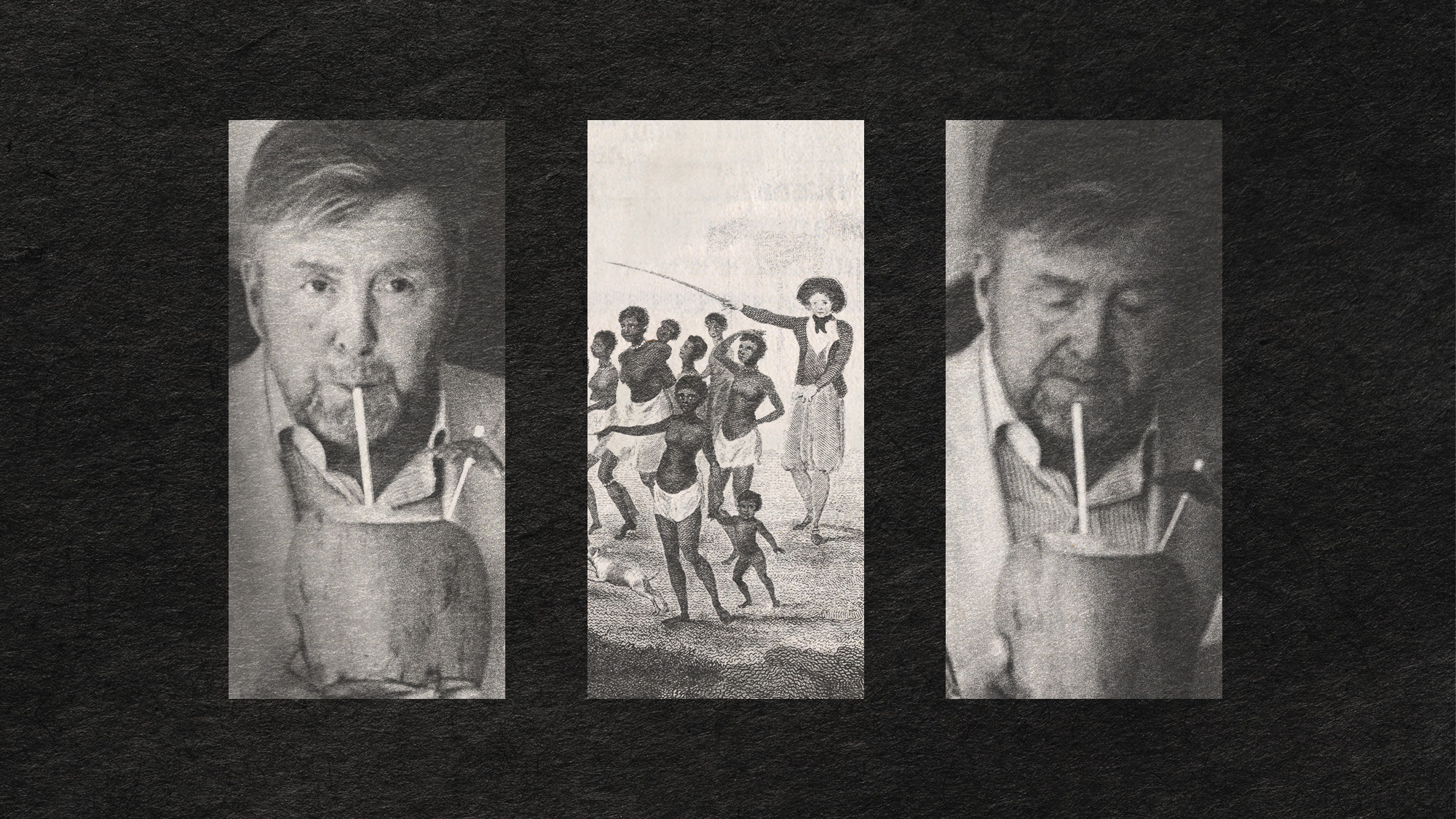 In Suriname, the spectre of Dutch slave trade lingers
In Suriname, the spectre of Dutch slave trade lingersUnder the Radar Dutch royal family visit, the first to the South American former colony in nearly 50 years, spotlights role of the Netherlands in transatlantic trade
-
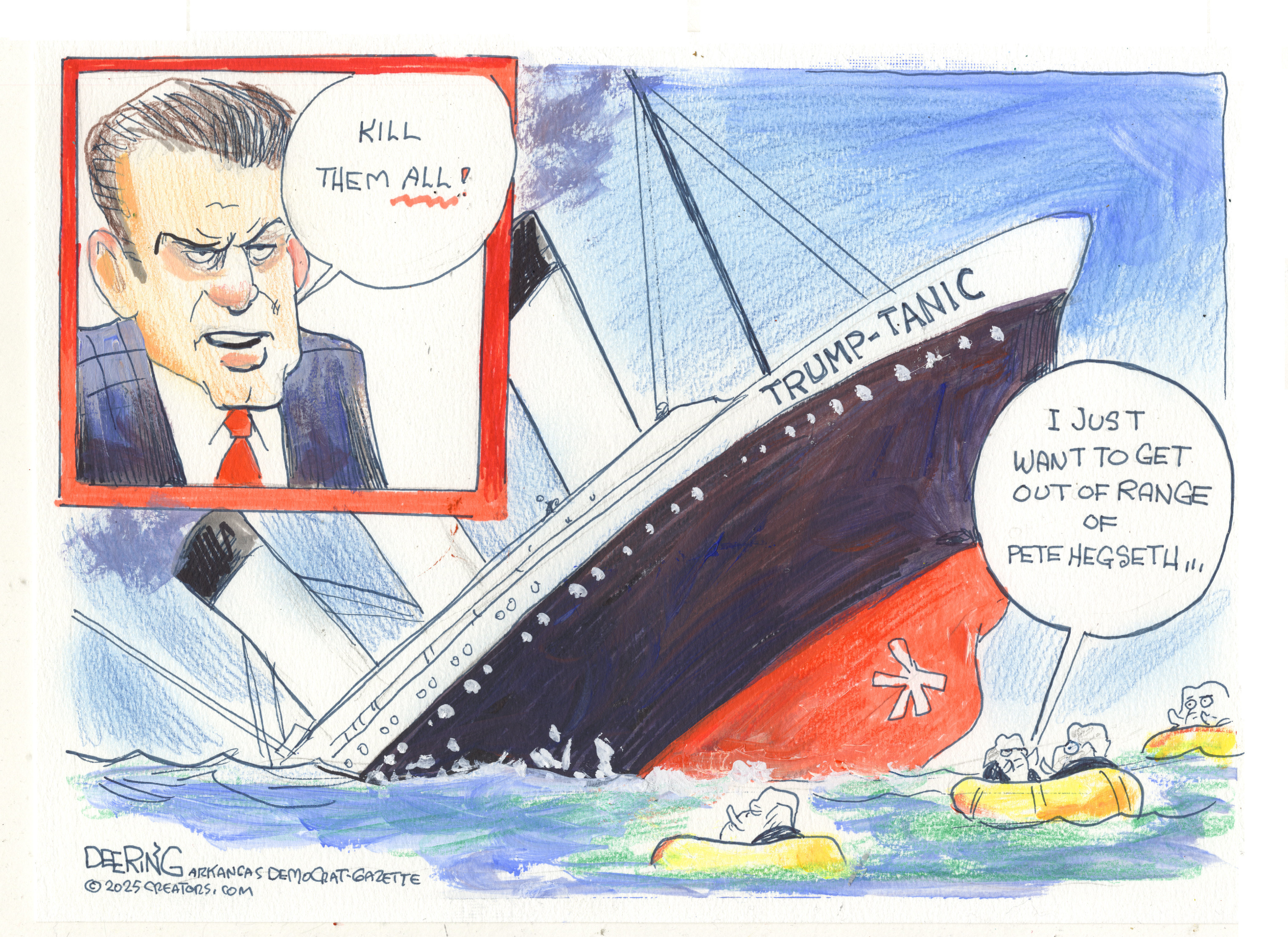 Political cartoons for December 7
Political cartoons for December 7Cartoons Sunday’s political cartoons include the Trump-tanic, AI Santa, and the search for a moderate Republican
-
 Trump’s poll collapse: can he stop the slide?
Trump’s poll collapse: can he stop the slide?Talking Point President who promised to ease cost-of-living has found that US economic woes can’t be solved ‘via executive fiat’
-
 Has Zohran Mamdani shown the Democrats how to win again?
Has Zohran Mamdani shown the Democrats how to win again?Today’s Big Question New York City mayoral election touted as victory for left-wing populists but moderate centrist wins elsewhere present more complex path for Democratic Party
-
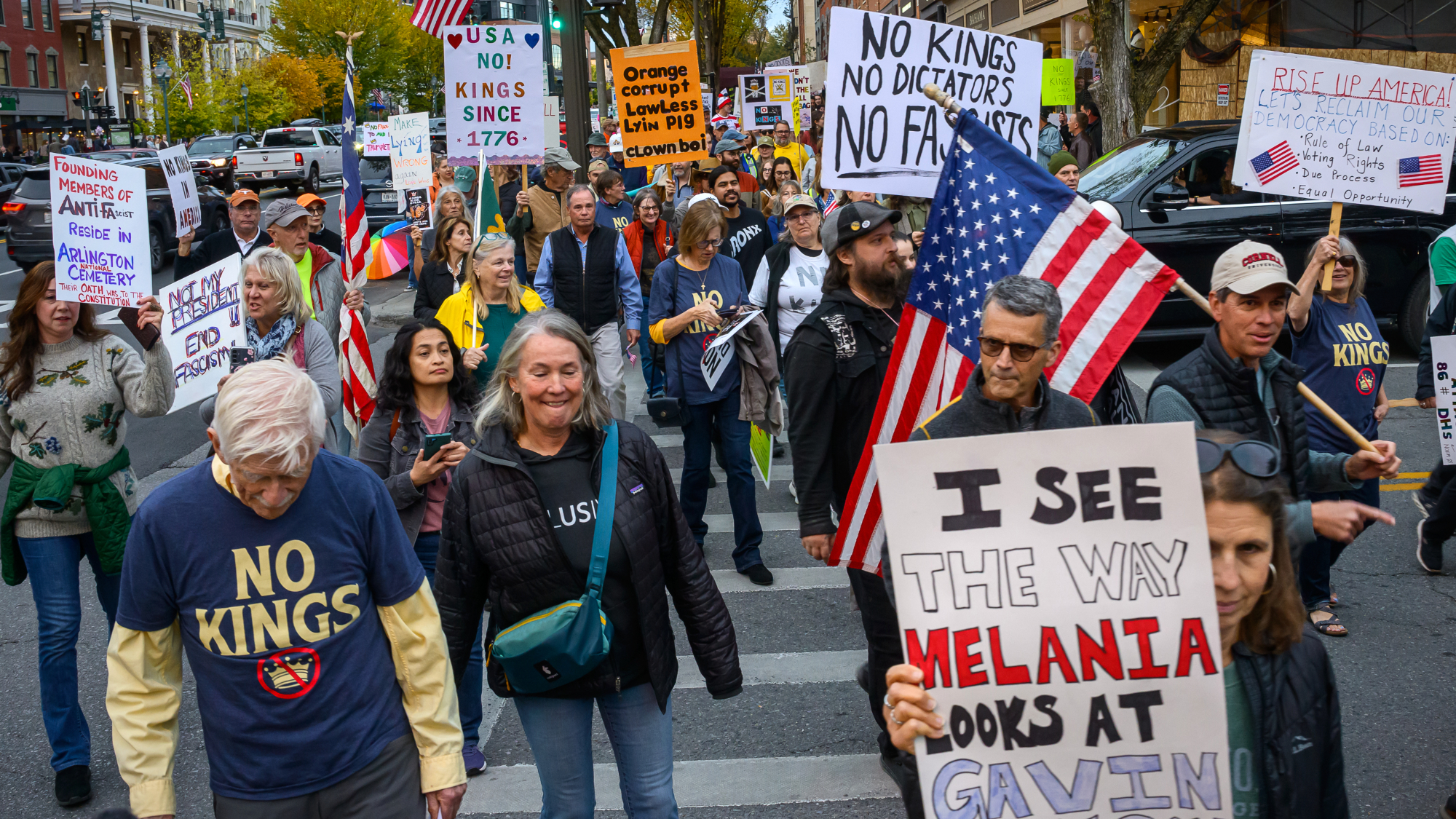 Millions turn out for anti-Trump ‘No Kings’ rallies
Millions turn out for anti-Trump ‘No Kings’ ralliesSpeed Read An estimated 7 million people participated, 2 million more than at the first ‘No Kings’ protest in June
-
 Ghislaine Maxwell: angling for a Trump pardon
Ghislaine Maxwell: angling for a Trump pardonTalking Point Convicted sex trafficker's testimony could shed new light on president's links to Jeffrey Epstein
-
 The last words and final moments of 40 presidents
The last words and final moments of 40 presidentsThe Explainer Some are eloquent quotes worthy of the holders of the highest office in the nation, and others... aren't
-
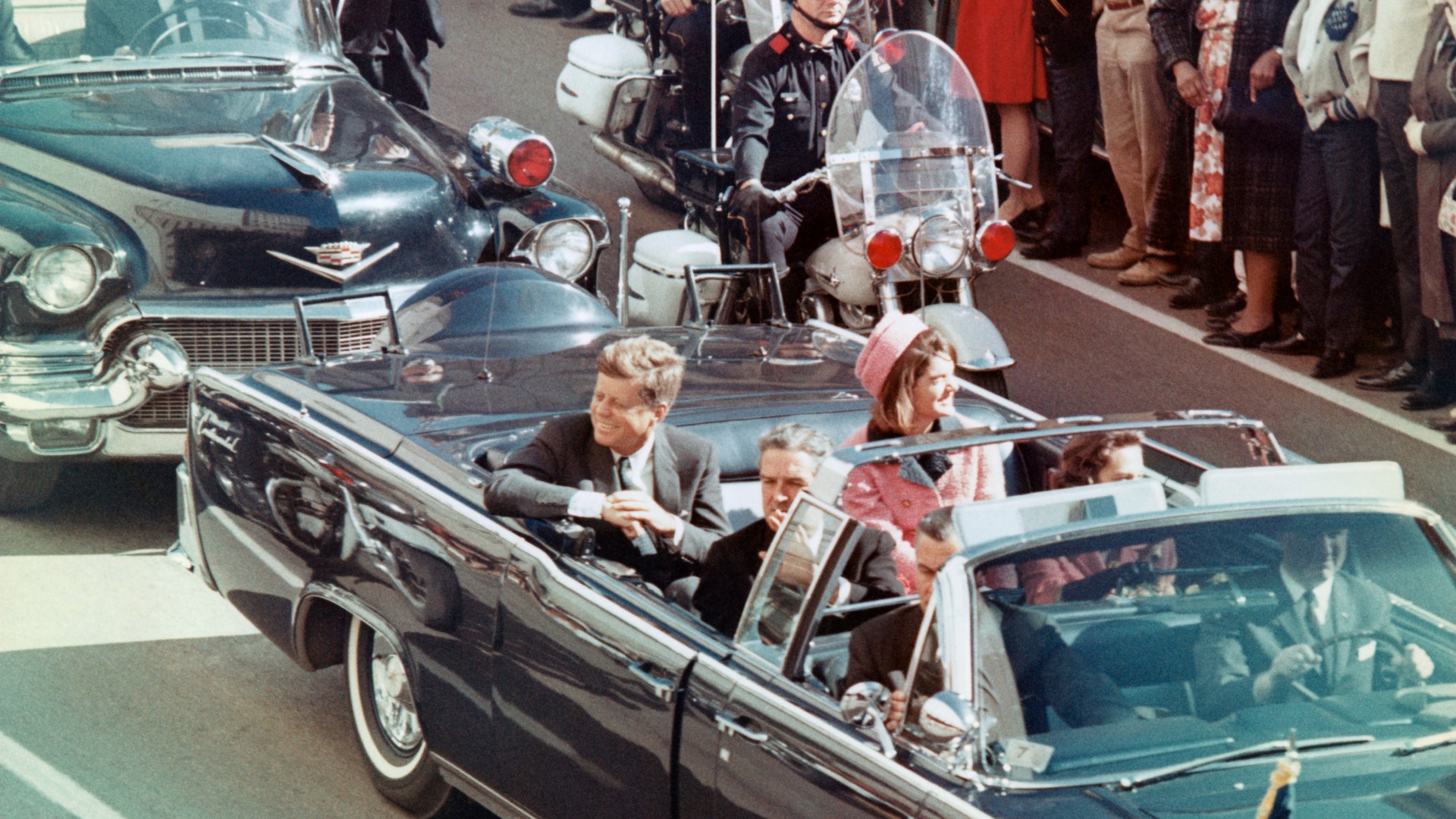 The JFK files: the truth at last?
The JFK files: the truth at last?In The Spotlight More than 64,000 previously classified documents relating the 1963 assassination of John F. Kennedy have been released by the Trump administration
-
 'Seriously, not literally': how should the world take Donald Trump?
'Seriously, not literally': how should the world take Donald Trump?Today's big question White House rhetoric and reality look likely to become increasingly blurred
-
 Will Trump's 'madman' strategy pay off?
Will Trump's 'madman' strategy pay off?Today's Big Question Incoming US president likes to seem unpredictable but, this time round, world leaders could be wise to his playbook
-
 Democrats vs. Republicans: who are US billionaires backing?
Democrats vs. Republicans: who are US billionaires backing?The Explainer Younger tech titans join 'boys' club throwing money and support' behind President Trump, while older plutocrats quietly rebuke new administration
